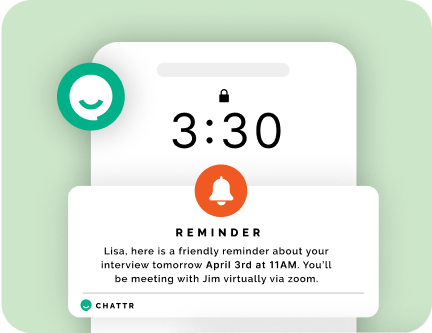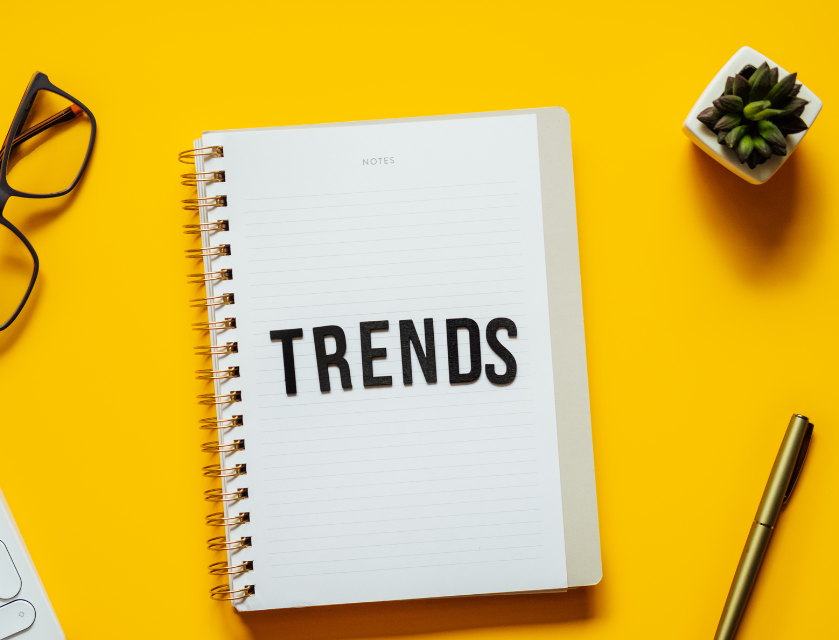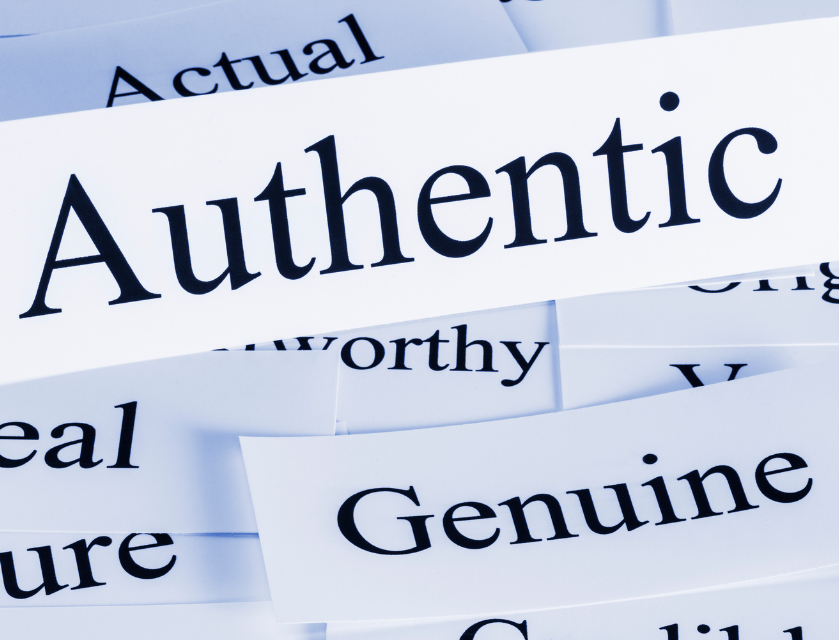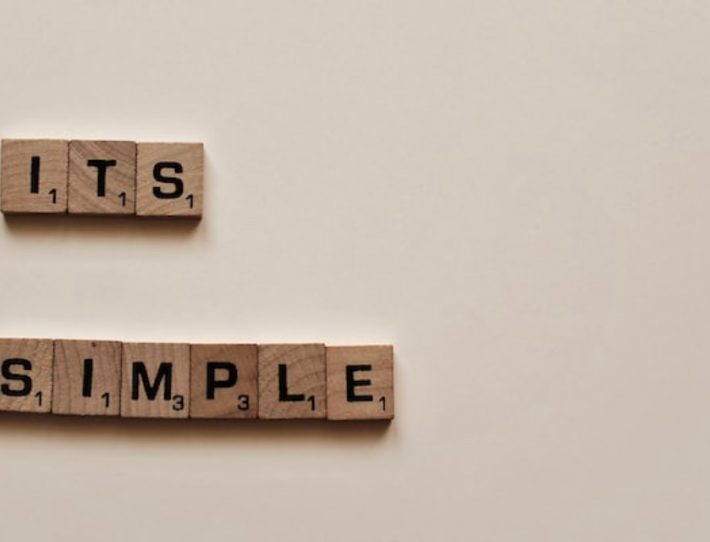Different generations have different outlooks on work and life, which make managing an hourly workforce challenging. However, if you understand generational differences, you can better lead your team.
Define the different generations in the workforce
As the workforce continues to evolve, employers must adapt their management style to fit the needs of their employees. One of the most important factors to consider is the generation that each employee belongs to. Baby boomers, Gen X, Millennials, and Gen Z all have different values, work habits, and motivations. As a result, they require different approaches from their managers.
Baby boomers are generally more loyal to their employers and are motivated by challenges. They prefer a top-down management style and expect clear instructions from their superiors. In contrast, Gen X employees are more independent and self-motivated, respond well to a coaching style of management and appreciate opportunities for career growth. Millennials, on the other hand, are highly collaborative and social creatures. They prefer a flat organization with few hierarchies and need frequent feedback to stay engaged at work. Finally, Gen Z employees are digital natives who are used to getting information instantaneously. They prefer a hands-off management style and crave opportunities to learn new skills.
As the workforce grows increasingly diverse, employers need to understand the generational differences between their employees. Only then can they manage their workforce to meet the needs of all involved.
Understand why there are generational differences in the workplace
One of the most apparent reasons for generational differences in the workplace is that different historical events have shaped each generation. For example, the Baby Boomer generation grew up during great economic prosperity, while Millennials came of age during the Great Recession. These experiences have profoundly impacted each generation’s attitude towards work and can often lead to misunderstandings between employees of different ages. Technological advances have also led to differences in how each generation interacts with the world. For example, Millennials are far more likely to use social media and other digital tools for communication, while older generations may prefer face-to-face interactions or more traditional methods. Again, this can result in misunderstandings and conflict if not managed properly.
By understanding the reasons behind generational differences in the workplace, employers can take steps to ensure that all employees feel valued and respected. This can include providing training on effectively communicating with those from other generations and establishing policies that accommodate different work styles and preferences. By taking these steps, employers can create a more harmonious workplace where all employees can thrive.
Learn how to manage different generations in your hourly workforce
The workforce is more diverse than ever, with employees from different generations working side by side. This can be a challenge for managers, who must find ways to communicate and motivate employees of all ages. However, it can also be an excellent opportunity to learn from each other and build a stronger team. Here are some tips for managing a multigenerational workforce:
• Respect the different perspectives and experiences of each generation. Employees of different ages often bring different life experiences and perspectives to their work. Respecting these differences and finding ways to capitalize on them is essential.
• Use communication channels that appeal to all generations. While some employees may prefer face-to-face communication, others may prefer text messaging or social media. Be sure to use a variety of communication channels to reach all employees.
• Offer training and development opportunities that meet the needs of all generations. Employees of all ages can benefit from learning new skills and developing their careers. Be sure to offer training and development opportunities relevant to all employees’ needs.
Address any concerns you may have about generational differences in your workplace
At first glance, it may seem like leading a team of employees from different generations would be a daunting task. After all, each generation has its own unique set of values, beliefs, and attitudes. However, many similarities can be leveraged to create a cohesive and effective team. By understanding the strengths and weaknesses of each generation, you can develop a leadership style that brings out the best in your employees.
For example, baby boomers tend to be highly motivated by challenges, while millennials are more likely to be inspired by a sense of purpose. By creating an environment that values collaboration and respect, you can create a workplace where employees of all generations can thrive.
Take steps to create a more harmonious and productive work environment for all employees
When leading a workforce, it’s essential to consider the generational dynamics at play. There are four distinct generations currently in the workforce: Baby Boomers, Generation Xers, Millennials, and Gen Z. Each generation brings its own unique set of values, work styles, and expectations to the table.
So how can you create a more harmonious and productive work environment for all employees? Here are a few tips:
– Communicate openly and frequently. Ensure everyone is on the same page regarding goals, deadlines, and expectations.
– Encourage collaboration. Ask for input from employees of all generations and actively listen to their ideas—brainstorm ways to address challenges and take advantage of opportunities together.
– Respect different work styles. Some employees prefer to work independently, while others thrive in team settings. Find out what works best for each individual and do your best to accommodate their preferences.
– Offer flexible perks and benefits. Today’s workers value flexibility and work/life balance more than ever. Offer things like telecommuting options, flexible hours, and generous paid time off policies to attract and retain top talent.
If you’re looking to manage a multigenerational workforce, it’s essential to address any concerns you may have about generational differences. At Chattr, we understand the importance of communication and collaboration in the workplace. That’s why we offer our customers conversational AI that can help streamline the hiring process. Our software can collect information from candidates, schedule interviews, and make offers. Contact us today to learn more about how our chatbot can help your business thrive!















